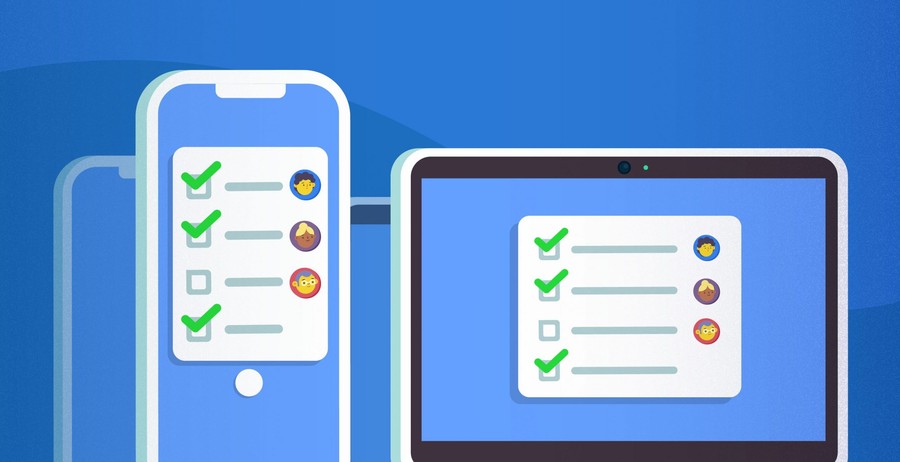The fifth generation (5G) network is an advanced wireless network technology billions of devices and IoT (the internet of things) are potentially connected to the internet — leading to smart cities, remote medicine, and much more. 5G is already transforming and enhancing mobile connectivity, comprised of an all-inclusive ecosystem of radio frequencies, data exchanges, an overhaul of our essential networks, and technical communications. With the arrival of 5G technology, the network getting transformed into a modern infrastructure that provides a vast array of new connections, capabilities, and services; several businesses and industries are two ways to digitalize applications and services. so, now let us see how 5G can addressing the concerns and ensure safety in cybersecurity domain along with Reliable 5g tester, 5G test equipment, 5g network tester tools and Reliable 4G Testing RF drive test software, Cellular LTE RF drive test tools & equipment in detail.
5G cybersecurity is a combination of physical protection and cyber protection for the essential hardware and software of 5G network infrastructure, and the users of the network. The 5G technology and cybersecurity are responsible to declare to transmit data and communication three times faster than its previous generation as 4G – users will experience fewer delays when accessing websites or information on the internet as 5g comes with a latency rate of one millisecond.
When it comes to addressing cyber security concerns and safety and security for 5G technology consumers, a collaborative approach between the government, academia, and businesses are playing a major role. 5G security projects can help organizations understand the cybersecurity challenges, and opportunities associated with 5G network deployment, operation, and use; also provide information that organizations take into consideration the security of the full hardware to software stack and can use to design, integrate, implement, and operation of 5G networks.
5G wireless technology, is the latest advancement in mobile communication and internet technology that operates on a higher frequency spectrum than 4G, typically between 24 GHz to 90 GHz; utilizes network slicing, which enables the creation of multiple virtual networks on a single physical network; expected to enable the development and implementation of emerging technologies such as self-driving cars, virtual and augmented reality, and smart cities. AI is the advanced technology that enables to detection cyber threats which will improve the speed of threat detection and mitigation – 5G also offers the potential to mitigate threats with faster detection and better management supported by AI and machine learning (ML) technologies.
What are the Concerns in terms of 5G and Cybersecurity –
- Receiving past vulnerabilities: 5G will be built over existing 4G infrastructure to inherit vulnerabilities of the past.
- Increasing privacy concerns: Several devices are connected to the internet hence increasing the scope of cyber-attacks and it can spread rapidly if not controlled in time. Therefore, privacy concerns should be multiplied as the number of connected devices increases on 5G.
- Pre-ban imported equipment: A bulk of 5G network components are developed in factories but such equipment have been banned due to import from China. The concern remains about the use of the equipment (imported before the ban) came into effect.
Now, to ensure 5G security, the following things can be done.
- Security testing: Telecom companies and ethical hackers should perform security testing regularly of their 5G infrastructure not only to identify vulnerabilities but also to address them before they get exploited by attackers.
- Greater responsibility: It’s a must have responsibility for all stakeholders to protect the 5G ecosystem from cyber threats.
- International cooperation between governments and organizations: This can help establish global guidelines for 5G security to promote greater consistency and transparency in security practices.
Conclusion
Consumers need to be aware of the security challenges as the 5G network can restore the scope of cybersecurity. 5G is at the heart of the 5G ecosystem and implemented 5G-backed cybersecurity program should be able to detect a threat and mitigate its impact – offer a new standard for data security and breach mitigation. Hence, network testing on 5G is important, here comes RantCell tool which is a mobile-phone based software that can be used for continuous testing, walk testing, drive testing even remotely.












